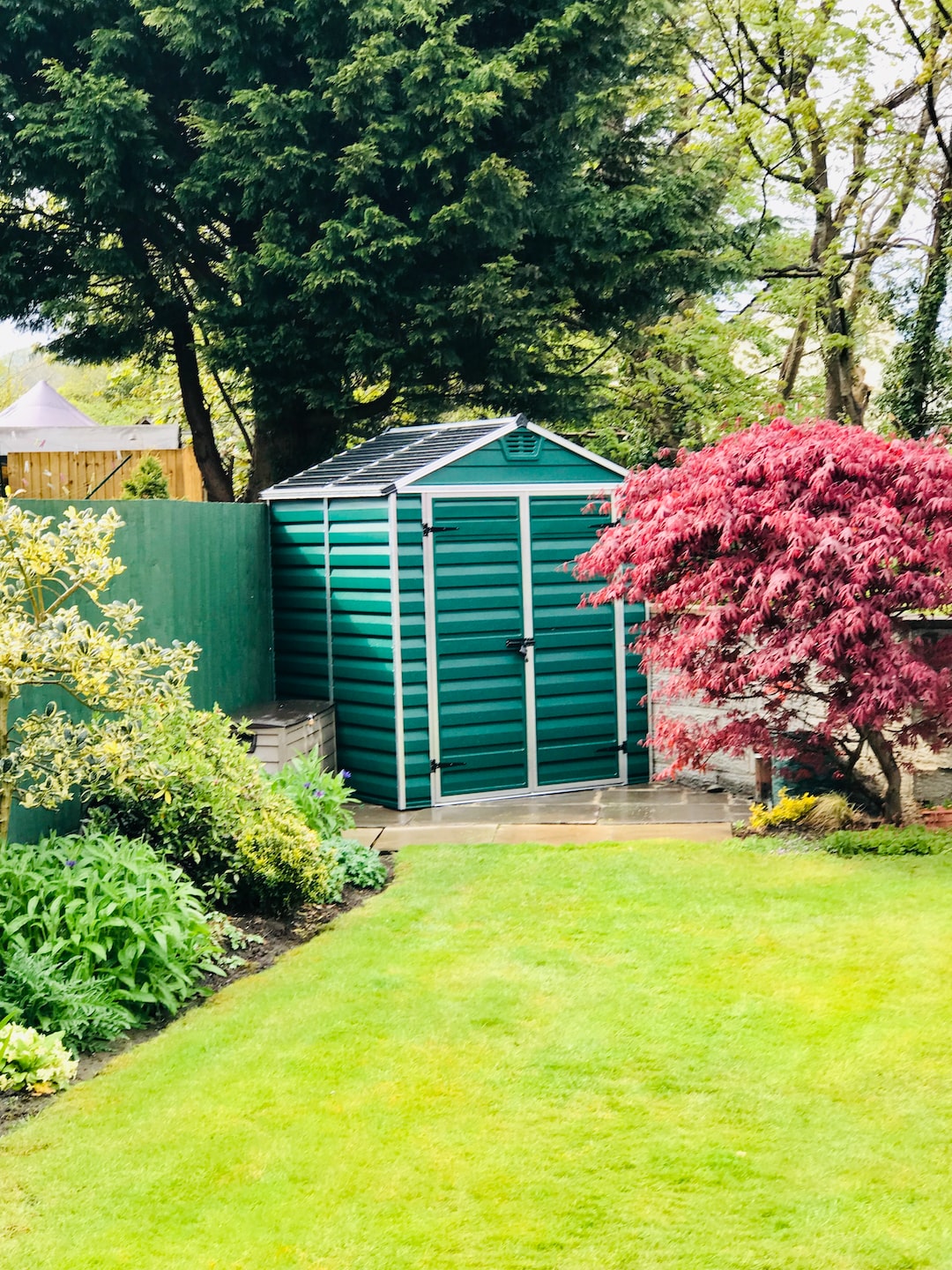Container gardening is a fantastic way to bring life and greenery to any space, no matter how small. Whether you live in a bustling city apartment or a suburban home with limited outdoor space, creating a successful container garden allows you to enjoy the benefits of gardening without the need for a large plot of land. From choosing the right containers to deciding what to plant, here are some tips to get you started on your journey to a thriving container garden.
1. Choose the right containers: The first step in creating a successful container garden is selecting the right containers for your plants. Consider the size and depth requirements of the plants you wish to grow. In general, larger containers are better as they provide more space for roots to grow and water to be retained. Ensure the containers have proper drainage holes to prevent waterlogging and potential root rot.
2. Select the ideal location: Most plants require direct sunlight to thrive, so place your container garden in a spot that receives ample sunlight throughout the day. If you have limited sunlight, opt for plants that can tolerate shade or partial sun. Also, consider the climate of your area, as some plants are better suited for specific temperature ranges.
3. Use quality soil: The type of soil you use is critical for the success of your container garden. Invest in a high-quality potting mix that is well-draining and rich in organic matter. This type of soil allows for proper root development and nutrient absorption. Avoid using garden soil, as it tends to be heavier and may not provide the necessary drainage.
4. Carefully select your plants: Choose plants that are suitable for container gardening and consider their growth habits. Some plants, such as herbs, lettuce, and strawberries, are well-suited for small containers, while others, like tomatoes or peppers, require larger pots. Additionally, consider the compatibility of the plants you wish to grow together in the same container, ensuring they have similar water, sun, and nutrient requirements.
5. Water consistently: Container gardens typically require more frequent watering compared to traditional gardens. Check the moisture level of your soil regularly, and water the plants when the top inch of the soil feels dry to the touch. Be careful not to overwater, as this can lead to root rot. Additionally, use a well-draining soil and consider adding a layer of mulch to help retain moisture.
6. Fertilize regularly: While a good quality potting mix provides nutrients initially, it is essential to fertilize your plants regularly to ensure they receive the necessary nutrients for optimal growth. Use a slow-release fertilizer or a water-soluble fertilizer as directed on the packaging. Pay attention to the specific requirements of the plants you are growing, as different plants may need different types and amounts of fertilizer.
7. Maintain proper plant care: Regular care is essential for the success of your container garden. Pruning and deadheading plants will encourage growth and prolong the blooming period. Keep an eye out for insect pests and diseases, as container plants are more susceptible to these issues due to their confined nature. Regularly remove dead leaves and spent flowers to maintain a tidy appearance and prevent the spread of pests and diseases.
Creating a successful container garden requires careful planning, the right containers, quality soil, appropriate plant selection, regular watering, fertilization, and ongoing plant care. With these steps, you can transform any space – be it a balcony, patio, or windowsill – into a beautiful and thriving garden. So, roll up your sleeves, grab some containers, and get started on your container gardening adventure today!

